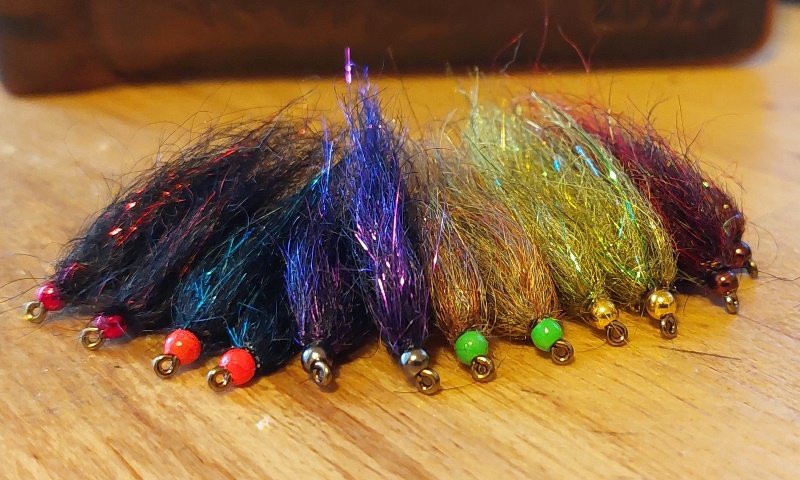
When it comes to fishing leeches on lakes, anglers often debate between using balanced leeches or conventional leeches. Both have their unique advantages and knowing when to use each can significantly impact your success on the water.
Balanced leeches are designed to sit horizontally in the water column, imitating a natural swimming motion. This is achieved by tying the leech pattern with a pin or a bead at an angle, which ensures that the fly remains level when suspended. This horizontal presentation is particularly effective when fishing under an indicator. The balanced leech’s realistic movement can be especially enticing to trout and other game fish, often resulting in more strikes. This method is highly effective during early spring and late fall when leeches are more active and prevalent in the ecosystem.
On the other hand, conventional leeches, which are tied without the balanced aspect, tend to have a more erratic, undulating movement. These flies can be fished using a variety of techniques including hanging under and indicator, slow retrieves, trolling, or even allowing them to sink and then stripping them back. Conventional leeches can be particularly effective in late spring months when fish are more aggressive and willing to chase down prey.
Choosing between balanced and conventional leeches depends on the conditions and the behavior of the fish. If you’re targeting fish that are suspended in the water column and you want to present a more lifelike, steady motion, balanced leeches are the way to go. For a more versatile approach that can be adapted to different retrieval speeds and depths, conventional leeches offer a reliable option.
Ultimately, having both types in your fly box will equip you with the flexibility to adapt to varying conditions and fish behaviors, enhancing your chances of a successful day on the lake.
Then of course there’s the jig hooks/beads and tungsten head turners, we will save those for the next blog!
Tight lines out there folks!
